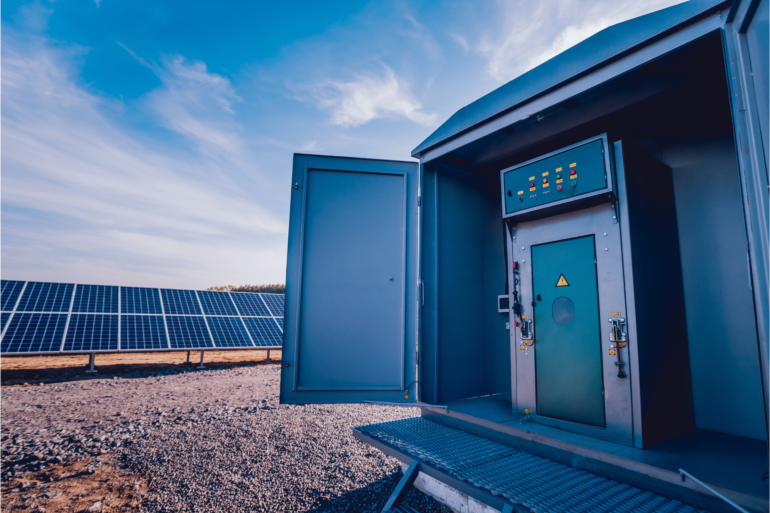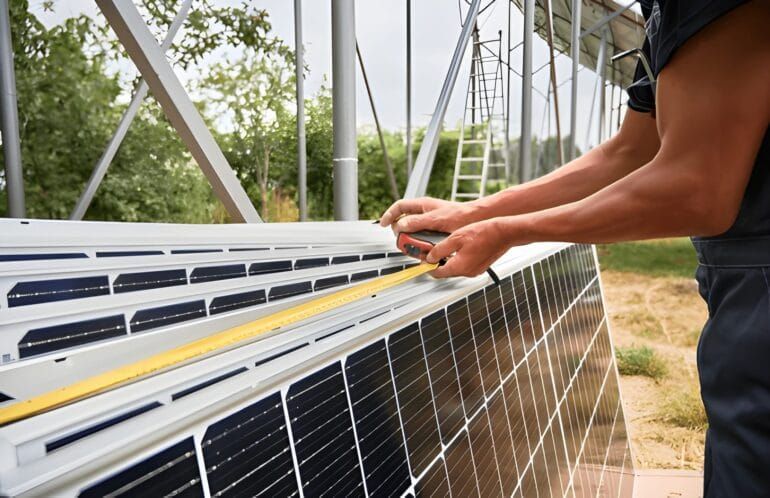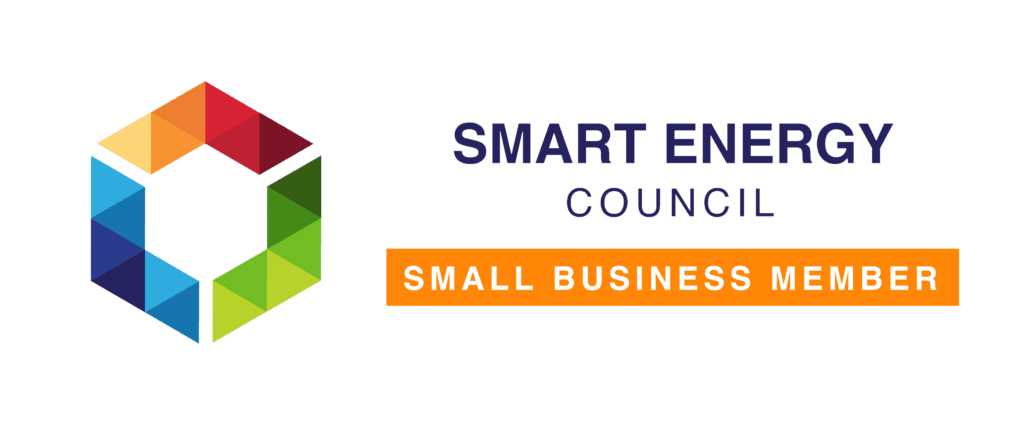Introduction
Explore the fascinating world of solar energy with our in-depth guide on How a Solar Inverter Work? From the basics of solar power generation to the intricate workings of different inverter types, delve into the conversion process and discover the latest trends in solar inverter technology.
The Basics of Solar Energy
Before delving into the intricacies of solar inverters, it’s essential to grasp the basics of solar energy generation. Solar panels, composed of photovoltaic (PV) cells, harness sunlight and convert it into direct current (DC) electricity. While DC electricity is suitable for the panels, it needs to be converted into alternating current (AC) for household and grid applications, as most of our appliances and the electrical grid operate on AC power.
Enter the Solar Inverter
This is where the solar inverter steps in. The solar inverter is a device that plays a pivotal role in transforming the DC electricity generated by solar panels into the AC electricity used to power homes, businesses, and the electrical grid. In essence, it acts as the bridge between the solar panels and the electrical devices we use every day.
Monitoring and Control Systems
Beyond the basic conversion process, solar inverters often come equipped with advanced monitoring and control systems. These systems enable users to track the performance of their solar power system in real time. Users can monitor key metrics such as energy production, system efficiency, and any potential issues that may arise. Some inverters also offer remote monitoring capabilities, allowing users to access this information from anywhere with an internet connection. The integration of monitoring and control features enhances the overall efficiency and maintenance of solar power systems.
Grid-Tied vs. Off-Grid Systems
Solar inverters play a distinct role in grid-tied and off-grid solar power systems. In grid-tied systems, the inverter synchronizes the generated AC electricity with the grid, allowing excess power to be fed back into the grid for credits or compensation. On the other hand, off-grid systems utilize inverters with battery storage capabilities. These inverters not only convert DC to AC but also manage the charging and discharging of batteries, ensuring a continuous power supply in the absence of sunlight.
The Role of Transformerless Inverters
Transformerless inverters have become increasingly popular in recent years due to their compact design and higher efficiency. Unlike traditional inverters that use transformers for voltage conversion, transformerless inverters rely on electronic circuits. This design reduces the overall size and weight of the inverter, making installation more straightforward. Additionally, transformerless inverters often boast higher efficiency levels, contributing to the overall performance of solar power systems.
Inverter Maintenance and Troubleshooting
Ensuring the proper maintenance of solar inverters is essential for the longevity and efficiency of a solar power system. Regular inspections of the inverter, checking for dust accumulation or potential overheating, can prevent issues before they escalate. Many inverters also come with built-in diagnostic tools to identify and troubleshoot common problems. In the event of a malfunction, understanding the inverter’s error codes and having a basic knowledge of troubleshooting steps can help users address issues promptly, minimizing downtime and optimizing energy production.
Future Trends in Solar Inverter Technology
As solar technology continues to evolve, so do solar inverters. Emerging trends include the integration of artificial intelligence (AI) for predictive maintenance, further improving system reliability.

Additionally, researchers are exploring the potential of hybrid inverters that can manage multiple sources of energy, such as solar and wind power. These advancements signal a promising future for solar inverters, where innovation and sustainability go hand in hand.
Environmental Impact and Sustainability
While solar power itself is a clean and sustainable energy source, it’s essential to consider the environmental impact of the entire solar power system, including inverters. Manufacturers are increasingly focusing on producing inverters with minimal environmental impact, using eco-friendly materials, and implementing efficient manufacturing processes. Additionally, the longevity and recyclability of inverters contribute to the overall sustainability of solar power systems, aligning with the broader goal of reducing the carbon footprint of energy production.
The Conversion Process
The primary function of a solar inverter is to convert the variable DC output of the solar panels into a stable AC output. The conversion process involves several key steps:
1. DC to AC Conversion
The solar inverter first converts the DC electricity produced by the solar panels into AC electricity. This is achieved through a series of electronic components, including transistors and capacitors, that manipulate the electrical current.
2. Synchronization with the Grid
In grid-tied solar power systems, the solar inverter synchronizes the AC output with the frequency and voltage of the electrical grid. This ensures a seamless integration of solar-generated electricity with the existing power supply.
3. Maximum Power Point Tracking (MPPT)
To optimize energy output, many modern solar inverters incorporate Maximum Power Point Tracking technology. MPPT allows the inverter to continuously adjust the operating point of the solar panels, ensuring they operate at their maximum efficiency regardless of changing sunlight conditions.
4. Safety Features
Solar inverters also include safety features to protect the system and its users. This may involve rapid shutdown mechanisms in case of emergencies or irregularities, enhancing the overall reliability of the solar power system.
Types of Solar Inverters
Solar inverters come in various types to cater to different solar power system configurations and user needs. The main types include:
1. String Inverters
These inverters are commonly used in residential and small commercial installations. They connect multiple solar panels in series, forming a “string,” and convert the combined DC output into AC.
2. Microinverters
Microinverters are attached to individual solar panels, providing a decentralized approach to energy conversion. This design allows for better performance in situations where shading or panel mismatch is a concern.
3. Central Inverters
Typically employed in large-scale solar power plants, central inverters handle the conversion for an entire array of solar panels. They are cost-effective on a large scale but may experience efficiency losses due to variations in sunlight across the array.
Conclusion
In conclusion, the solar inverter serves as a linchpin in the solar power generation process, facilitating the conversion of DC electricity from solar panels into the AC electricity we use in our daily lives. Understanding the workings of a solar inverter is crucial for those looking to embrace solar energy and contribute to a more sustainable future. As technology continues to advance, solar inverters will likely play an even more significant role in maximizing the efficiency and reliability of solar power systems across the globe.







